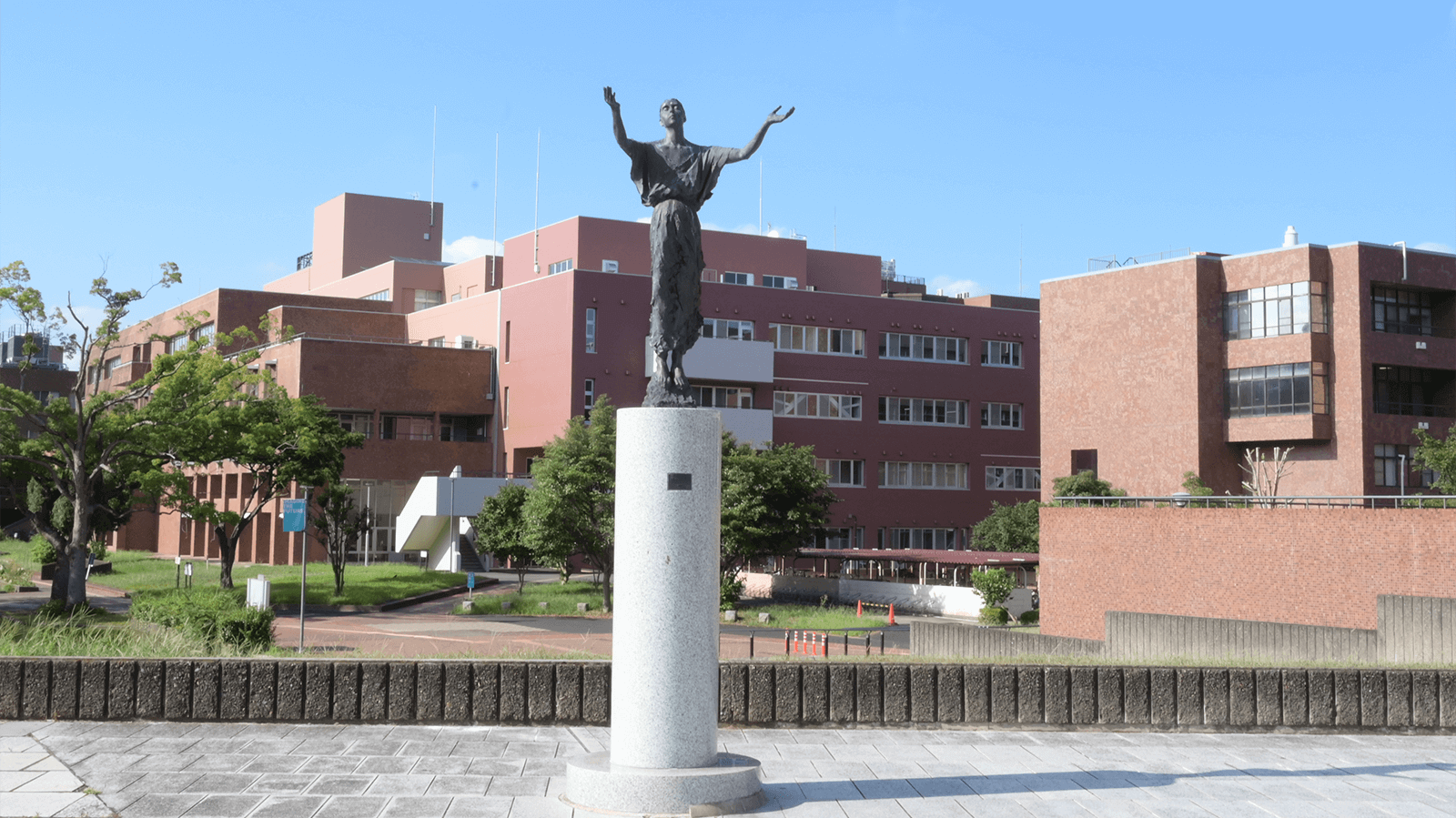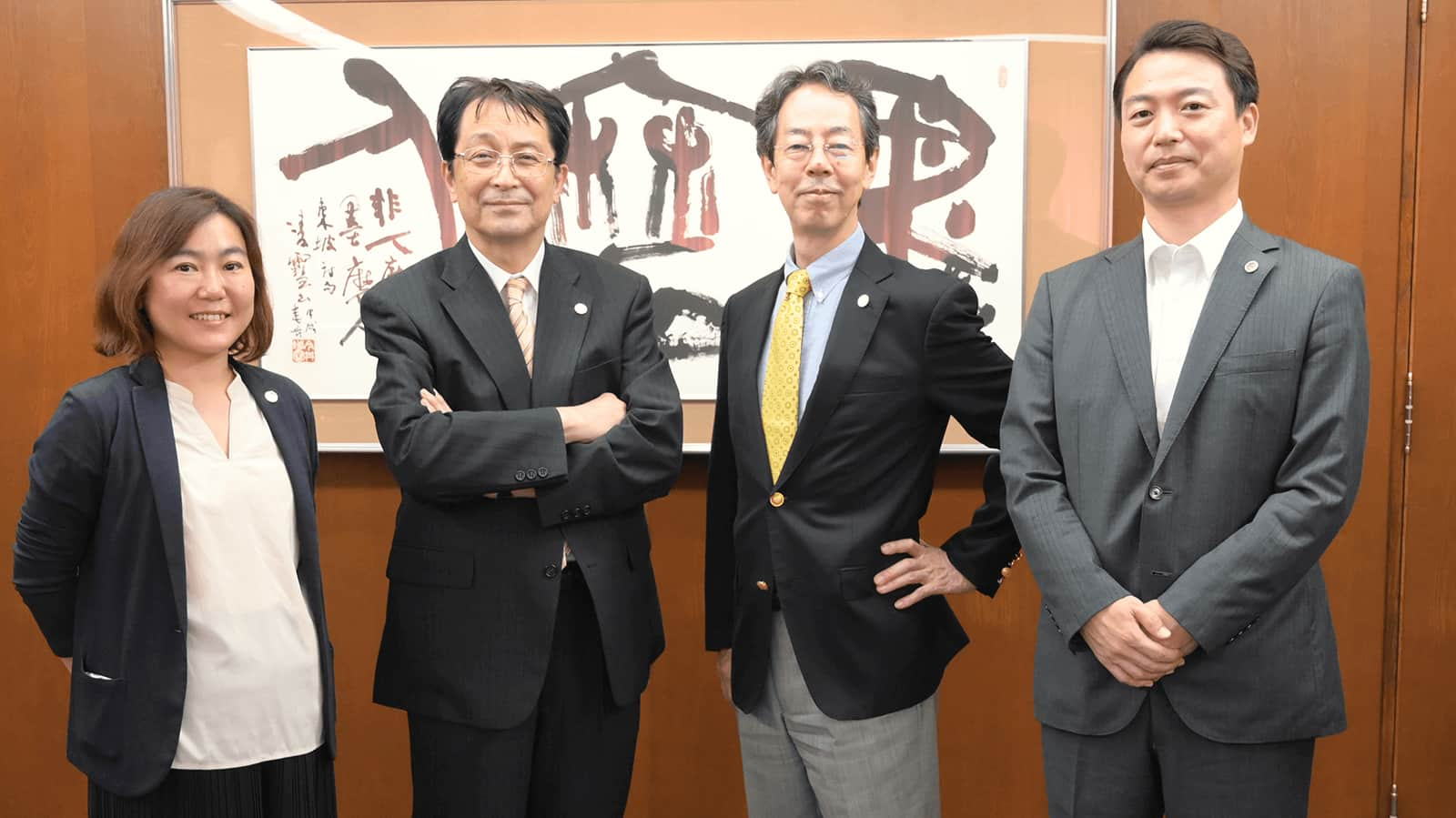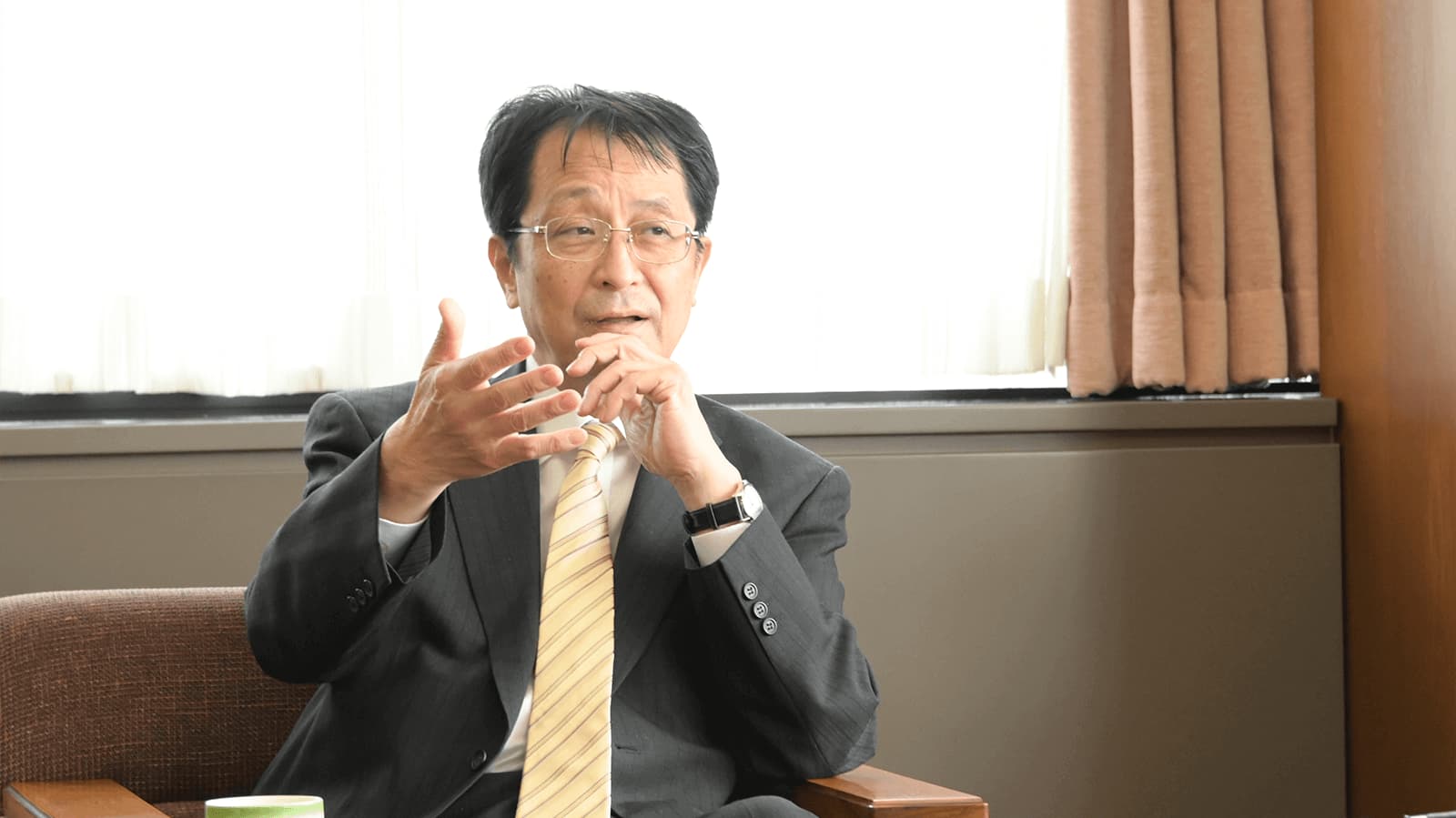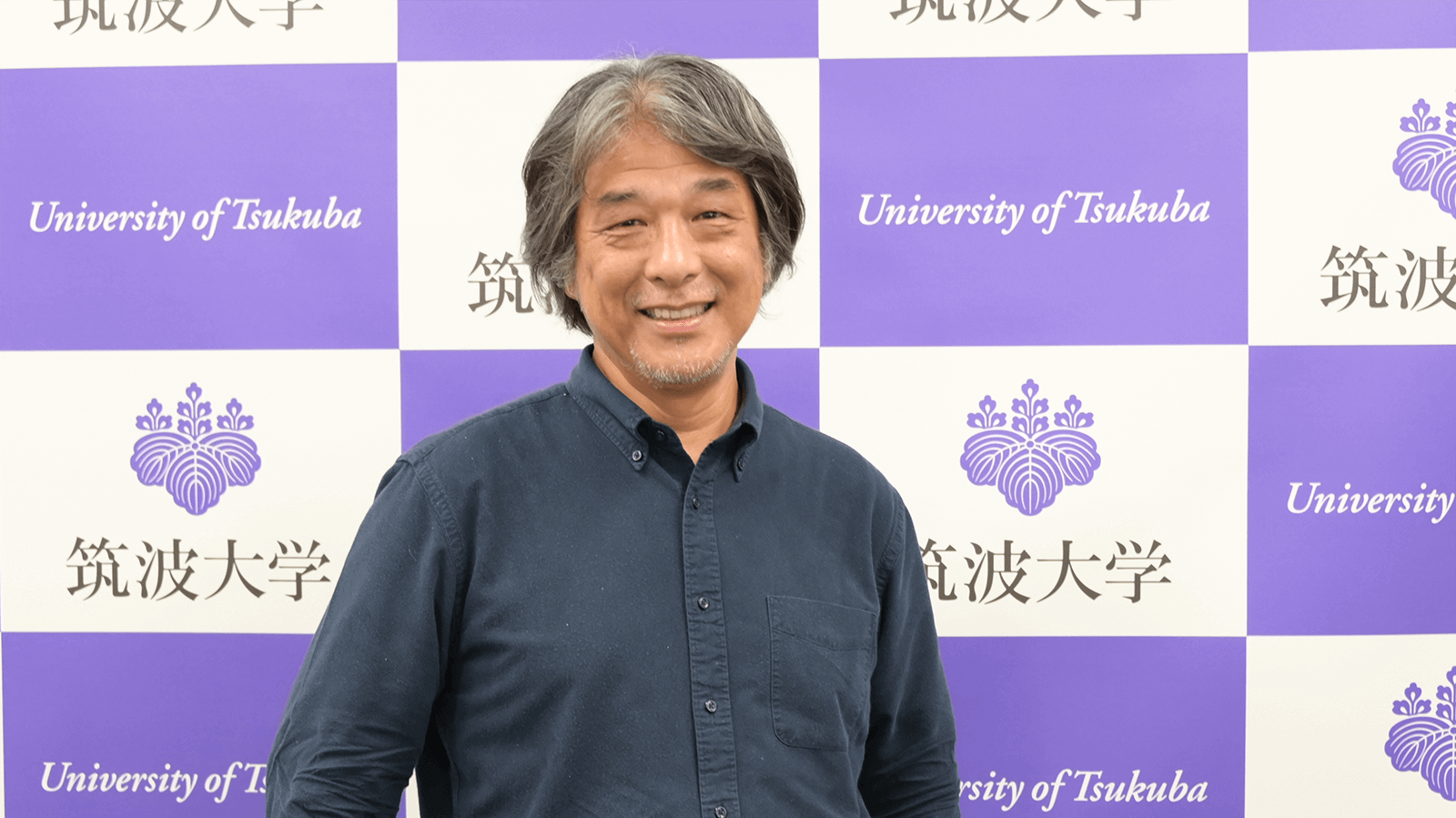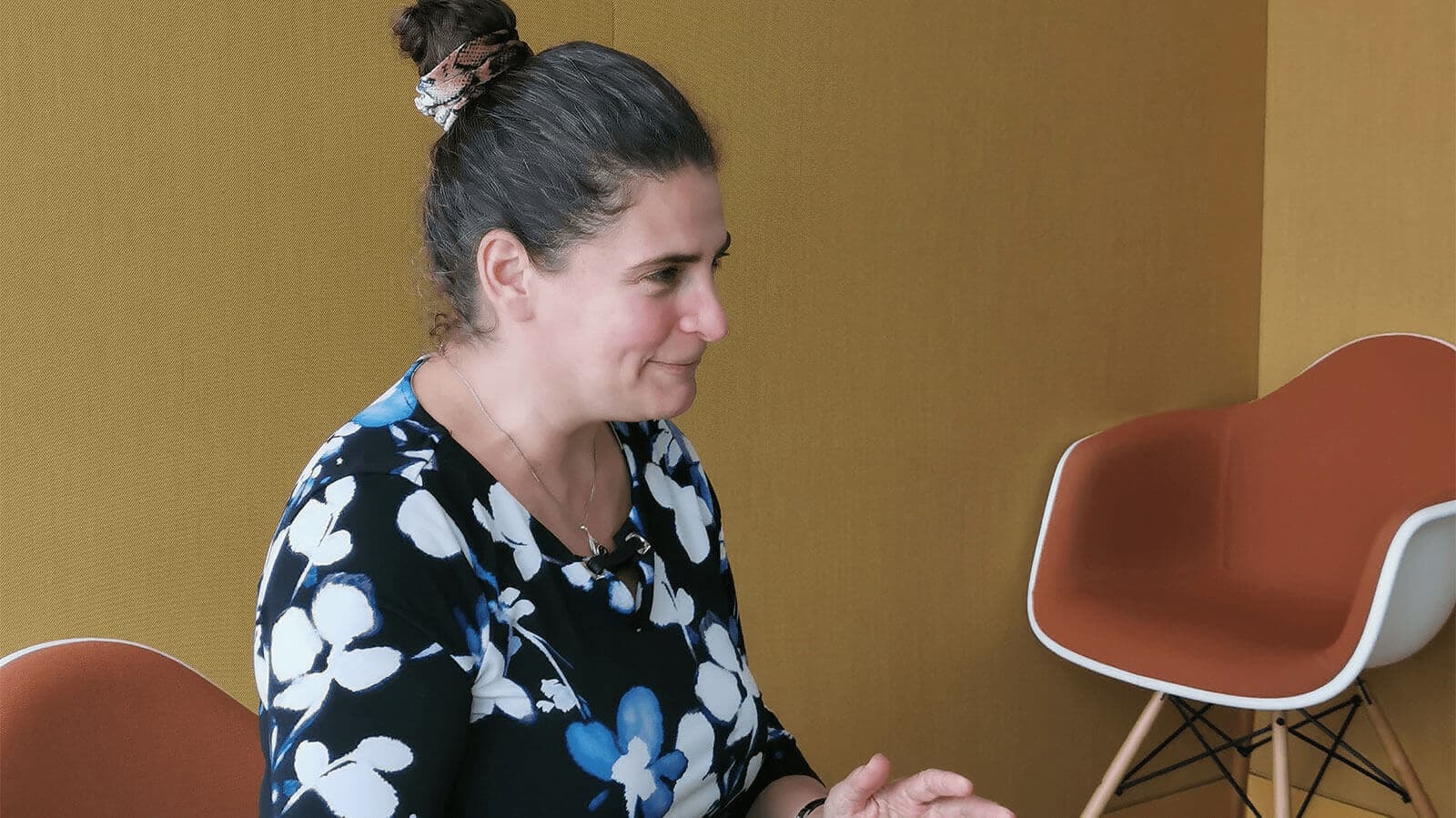Know your university and create a strategy for its transformation
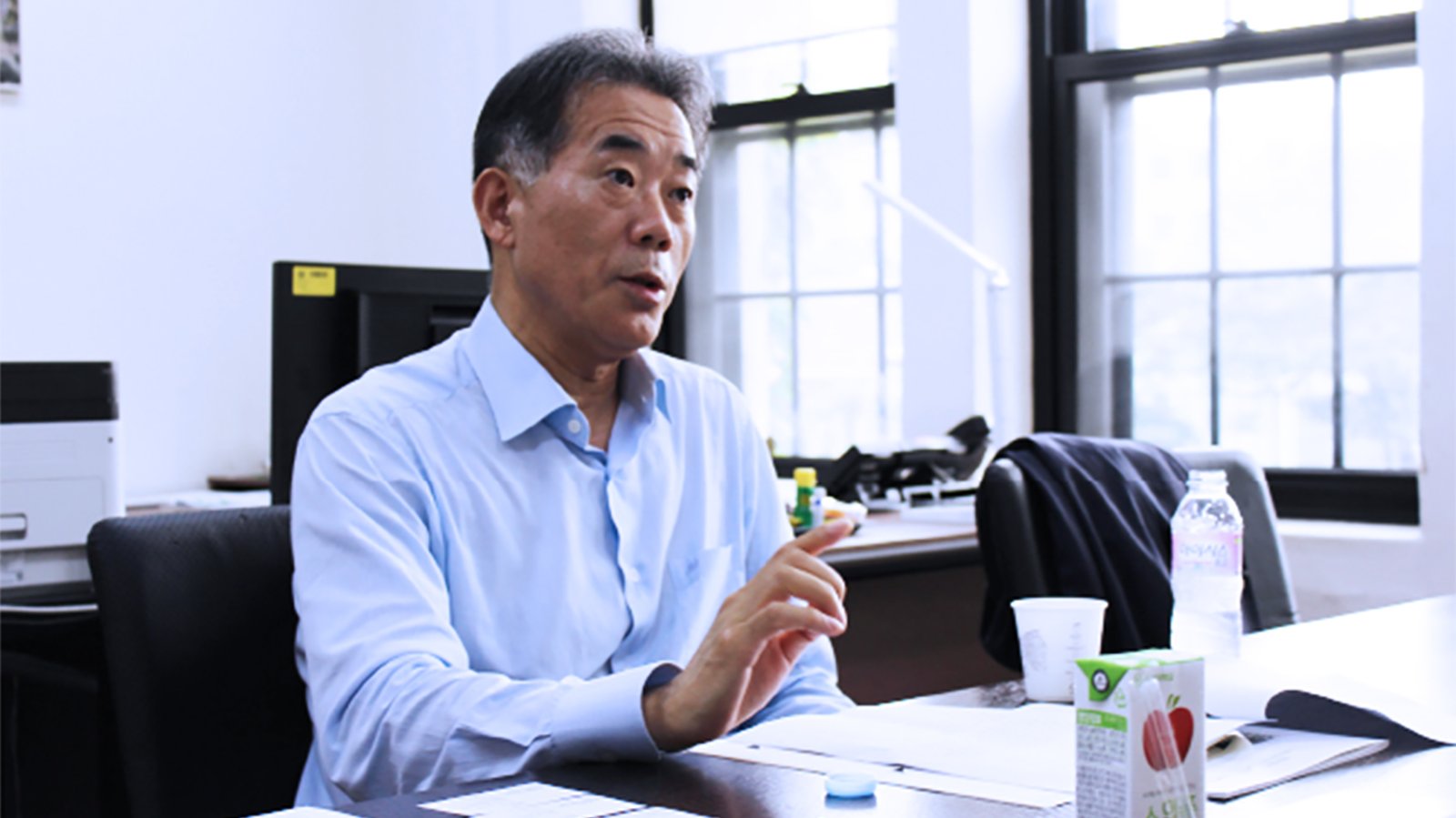
Yonsei University stands out among other Asian universities because of the dramatic improvement of its THE rank (from their big slide in 2016) brought about by a change in the ranking methodology. Our interview with the Vice President of Yonsei’s University Development Office helped us understand that this improvement was no fluke—their transformation was strategized and implemented speedily. Yonsei University is a great example of how a university can leverage the World University Rankings to propel itself into a global era.
Professor Dong-No Kim, who was behind Yonsei University’s dramatic improvement in rank, shares four secrets on how they achieved this.
Case Study Article: Ranking as the Leverage for University Transformation
“Our turning point was 2015,” Professor Dong-No Kim, Vice President of University Development Strategy at Yonsei University, recalls. “There was a sudden drop in our THE ranking. I took this position a year later, and the first thing I did was to carry out a detailed audit of our university’s situation and came up with plans to recover our rank.”
In 2015, THE made drastic changes to their ranking methodology. They swapped Web of Science with Scopus as their research database and started selecting the respondents of the Academic Reputation Survey, which accounts for 33% of the total score. Yonsei’s rank fell from 190 to 201-225 in 2015, and further down to 301-350 in 2016. However, by 2018, they brought their rank up to 201-250.
As Professor Kim indicates above, the recovery wasn’t a matter of chance. As a newly appointed Vice President—and being a sociologist—he first learnt the rules of the game. He studied THE’s scoring methodology; analyzed the factors that contributed to their poor rank; and proposed a strategy to the President, with four concrete next steps.
Revision of Evaluation and Incentive System
The first thing Yonsei addressed was the research evaluation system. Like many other Asian universities, their evaluation was based on the number, not quality, of publications. Researchers published more to secure promotions, which directly contributed to lower citation scores and indirectly affected Yonsei’s reputation. Yonsei promptly dropped number of published papers from their performance evaluation metrics and moved to a quality-based assessment.
They added technology transfer as one of the most important evaluation criteria for promotion review. Pushing researchers to carry out more technology transfers is a challenge that most universities face. To take on this challenge, Yonsei started using the same metrics for evaluating researchers who develop and transfer technology and those who publish papers. This gave tech-focused researchers equal promotion opportunities.
If a researcher is awarded government research funds, 80% of the income returns to him or her. The returns can go up to 90% (unusually high for Korean universities) if the funding is from a private company. This system motivates researchers to actively collaborate with industry for the practical application of their technology. Through these changes, Yonsei improved the Industry Income score from 75.9 to 99.2 in only two years.
Fresh Blood in the Researcher Population
The second crucial reform they undertook was in their recruitment policy. “For many years, our recruitment strategy was to headhunt mid-career professors from other universities, but we realized that was not the best choice,” Professor Kim says.
“Young researchers are more productive. So, we changed our policy to recruit more post-doctoral young researchers. Also, the President implemented a very ambitious policy: to recruit two young researchers for every retiring professor. For example, if 10 professors retire this year, we recruit 20 young researchers to replace them.”
Newly hired young researchers are given special tenure-track positions to ensure they can focus on their research. They are required to attend only one class per semester during the first two years of employment, and they are entitled to a sabbatical after three years. The sabbatical is, of course, the university’s strategy to help researchers get global exposure and become capable of facilitating global research collaborations.
Digital Marketing and PR
Lastly, the most unique strategy Yonsei identified to be key for transformation is digital marketing. After his analysis, Professor Kim found that there was a gap between the university’s actual research capability and the results of the Academic Reputation Survey, and concluded that the problem lay in their research promotion and publicity strategy. “So, I set up a digital marketing team directly under this University Development Strategy office right away,” said Professor Kim. His digital marketing team has online marketing professionals and content writers who aggressively run global PR campaigns of the publications. Research promotion is so integral to their strategy that Professor Kim himself reviews the campaign performance, web analytics, and SNS performance on a weekly basis.
“Ranking is just one aspect of the actual reality of the university.” Professor Kim says. “We can say it’s just a number and not react to it, but we can definitely turn a poor result into an opportunity for making the university better.”
Dong-No Kim Profile
Dr. Dong-No Kim received his PhD degree at the University of Chicagoand, in 1995, joined the Department of Sociology at Yonsei University.
His main research areas are historical sociology, social movement, and social theory. Currently, he serves as Vice President of University Development Strategies at Yonsei University.



